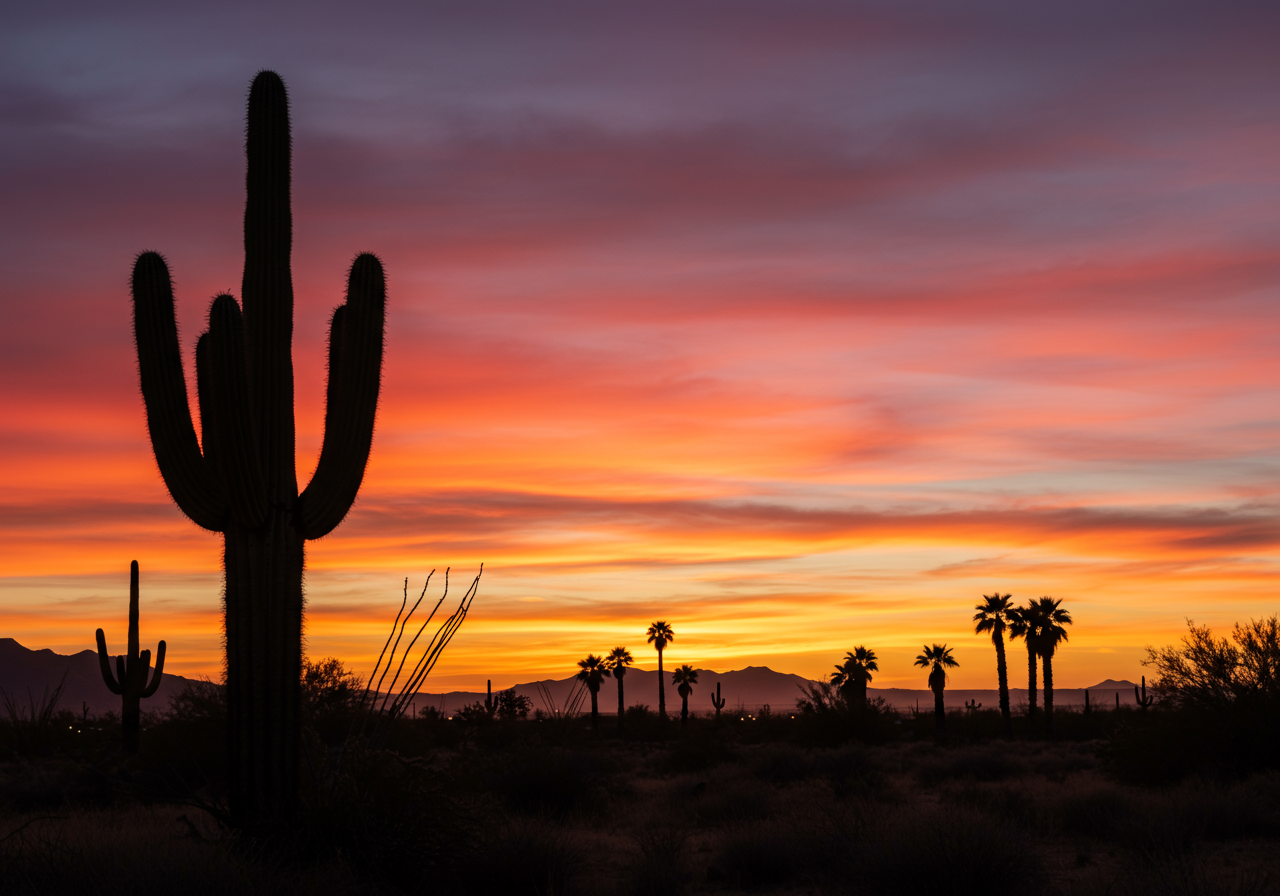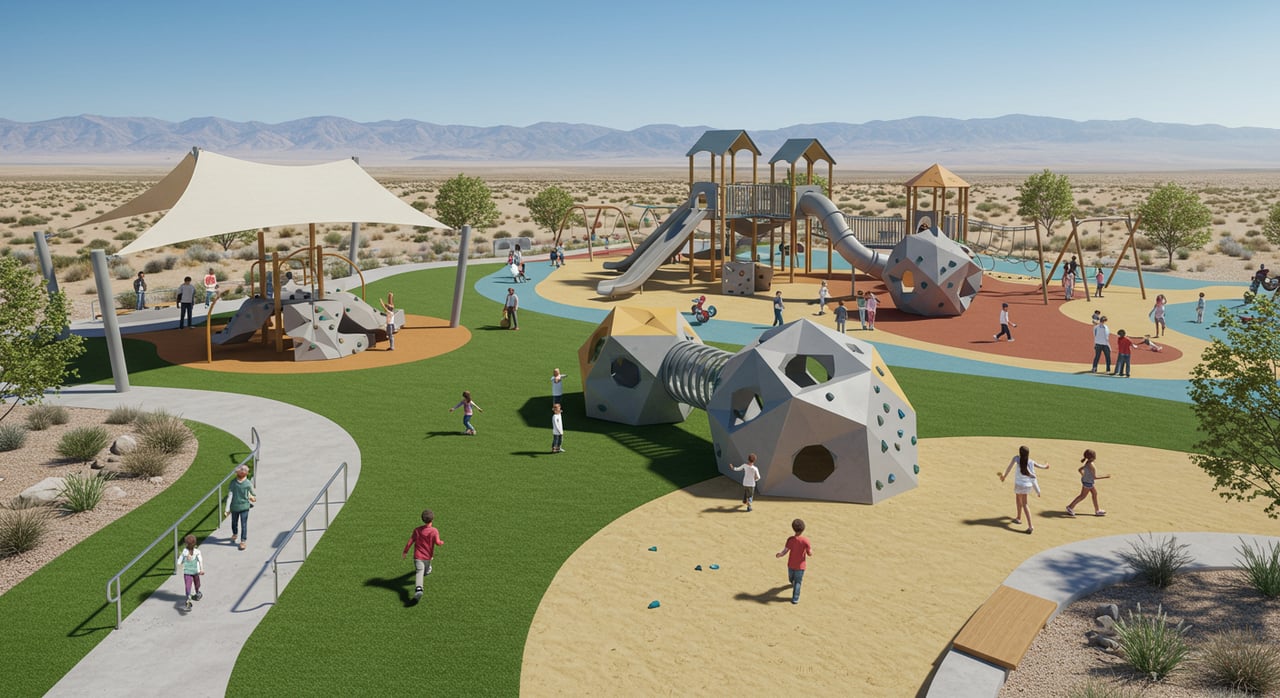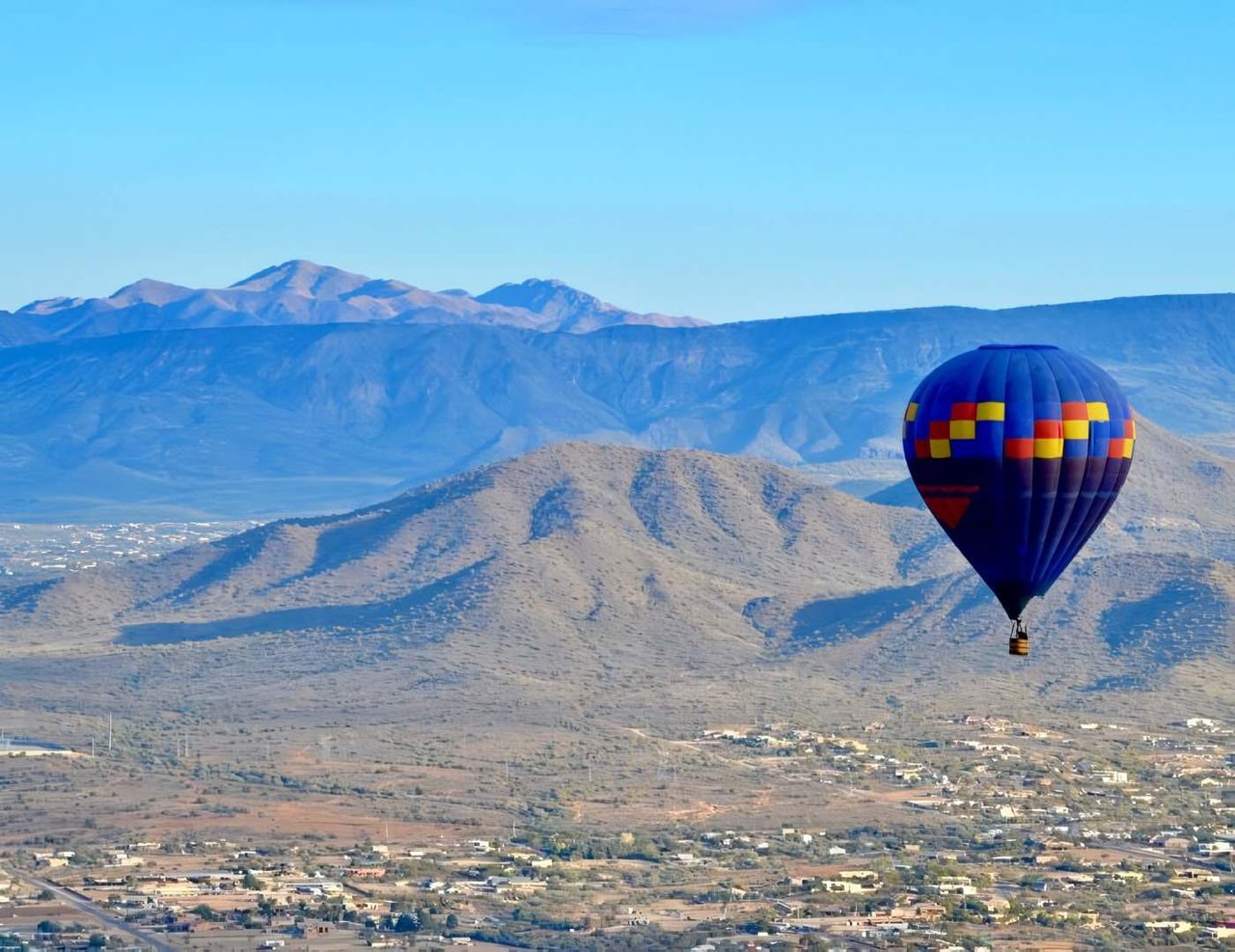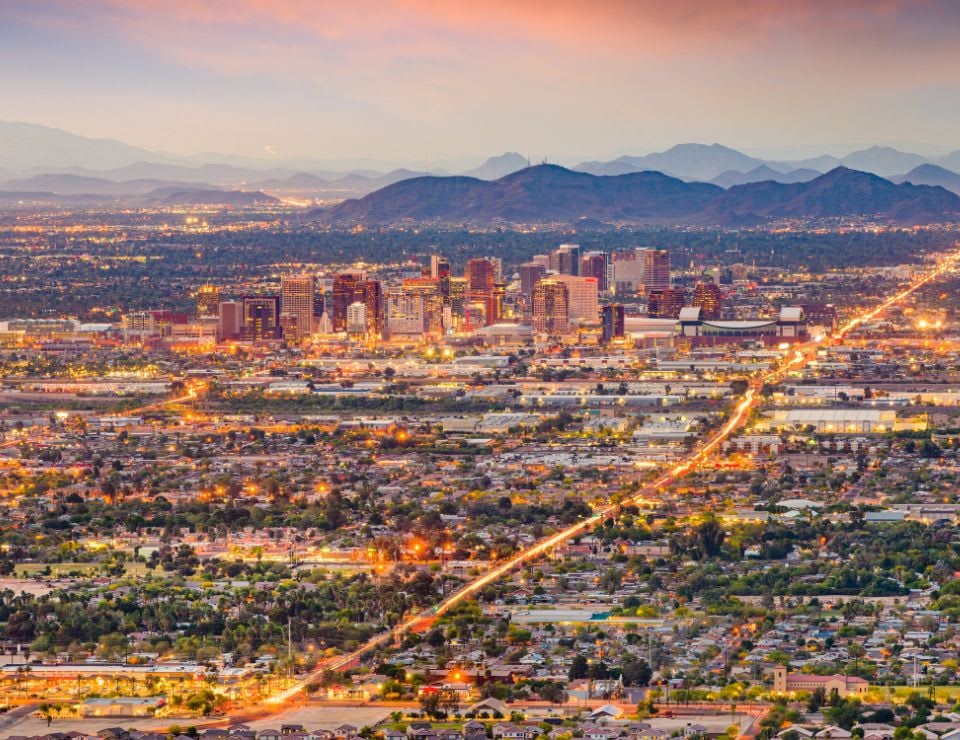Phoenix, Arizona, is one of the fastest growing cities in the United States. Historically a snowbird destination, the millennial generation now represents the greatest demographic of new Phoenicians, and their Gen Z successors seem soon to follow. If you find yourself thinking of becoming one of these transplants, you’ll want to consider these top things to know before moving to Phoenix, Arizona. From monsoons, to melting dashboards, to lawns made of rocks, living in Phoenix might not be exactly what you’re picturing. Luckily, we have your back so you know what to expect, where to go, and how to live your best life in Phoenix, AZ. Check out the top things to know before moving to Phoenix.
Top Things to Know About Phoenix, Az
If You Can’t Take the Heat, Don’t Come to Phoenix
The desert climate of Arizona is for many its greatest appeal. For those who have spent years shoveling their cars out of snow just to go to work, or praying they don’t slip on ice and break a hip on their way to the mailbox, a place that doesn’t get snow sounds like heaven. And for part of the year it is. The winter and springtime months in Phoenix are temperate, breezy, and entirely inviting. But once May rolls around, and all the way through September, get ready for heat that would send the devil running back to Hell for the AC.
On average, Phoenix experiences over a hundred days each year in which the temperature exceeds 100 degrees Fahrenheit. Even if you have an efficient and well air conditioned home, you cannot escape this kind of heat. Dashboards warp, and seatbelt buckles turn into branding irons. Visible heat waves rise up from sidewalks and parking lots like desert mirages. Cars even begin to sink into the asphalt as it nears its original melting point. It’s hot as hot can be, that’s just all there is to it.

Learn More: Best Phoenix Neighborhoods to Raise a Family
Phoenix Is Affordable, But It Isn’t Cheap
Somewhere along the line, Phoenix has somehow gotten the reputation of having a cost of living akin to the backwoods of Appalachia. Yes, the cost of living is lower than it is in most cities of the same size across the country. Countless nearby Californians are fleeing to Phoenix for the comparable climate and booming economy at a fraction of the exorbitant cost they are used to paying.
Still, living in Phoenix isn’t cheap, especially when it comes to expenses like home ownership. There are more expensive parts of town, and more affordable parts of town. But if you are coming to Phoenix envisioning buying a two story, 5 bed, four bath home with a two car garage and a pool in the backyard for $150,000, you might want to adjust your expectations. The median home value is over $300,000 in Phoenix, and while you can go up or down from there, that’s still probably realistically the low end.
Learn More: Cost of Living in Phoenix, Arizona
You’ll Need a Car in Phoenix
Phoenix does many things well, but public transportation isn’t one of them. The city has made leaps and bounds in recent years, however. The addition of the light rail, erected in 2008, greatly reduced the number of vehicles on the road. There are park-and-ride stations along the light rail as well, allowing those who don’t live walking distance from the train to still utilize its speed and economic fares, as well as eliminating the need to find parking.
Unfortunately, the train only runs through certain highly trafficked parts of town, so most people cannot rely on it for all of their transportation needs. Phoenix does offer a public bus route as well, but the city is so large and spread out, it isn’t likely that you can get entirely from your doorstep to your destination using the light rail or busses. Not to mention the idea of standing at a bus stop for an hour in the desert heat doesn’t sound particularly enticing.
Your best bet is to not have to rely on public transportation. The Greater Phoenix area is massive, and if you want to be able to get around town and travel to nearby destinations, you are going to need a car.
You’ll Be Living in The Desert, but You Should Still Expect Rain
Phoenix is nestled in the heart of the Sonoran Desert, one of the largest desert biomes in North America. Spanning much of the American Southwest and into Mexico, this vast stretch of land is home to gorgeous sunsets, stunning canyons and plateaus, and the iconic Saguaro Cactus, native to only this part of the world. But unlike its next door neighbor, California’s Mojave Desert (a dry, high desert that experiences little rain and freezing temperature after the sun goes down) the Sonoran Desert is the wettest desert on earth.
With bi-annual monsoon seasons, the flora and fauna of this particular area experience anywhere from five to twenty inches of rain each year. Just a couple hundred miles to the west, the Mojave averages about 3.5 inches a year. These wet seasons allow the Arizona desert to flourish and thrive. Cacti stock up on water sources, and animals feast on wild berries in bloom. To many Arizona residents, this rain comes as a respite from the otherwise relentless sunshine. But if you are planning on moving to Arizona without an umbrella in tow, you might want to throw one in the U-Haul. And maybe invest in some rain boots, for the ever predictable monsoon season.

You Won’t Get Earthquakes or Tornadoes, but You’ll Still See Some Wild Weather
Remember that desert rain we talked about? Well sand can’t hold water for long, and that means flooding, and lots of it. During monsoon season, you can expect to be at the very least inconvenienced by the floods, and you’ll probably end up wet more than once. The torrential rainfall comes hard and fast, which is one of the reasons flash floods in the desert can be extremely life threatening to people and animals who find themselves anywhere but higher ground.
This deluge of water freed from the skies can wreak plenty of havoc on the roads, landscaping, and even the foundation of buildings and homes. You can expect road closures when flash flooding occurs. Even if the road isn’t closed just yet, trying to ford these low laying areas now flowing with small rivers is never a good idea. As soon as the water reaches your air intake system and makes its way to the fuel system, you’re done. Hydrolock isn’t a just wait it out sort of thing, either. Your engine will be fried, effectively totaling many cars that aren’t worth the parts and repair costs. Say goodbye to your two ton friend, because they are on their way to that great big parking lot in the sky.
Learn More: Myths About Living in Phoenix, AZ
Phoenix Is a Foodie Town
If you love to eat, and you love to try new types of cuisine, you’ll be happy as a clam in Phoenix. While the phrase “foodie” has become analogous with saccharine Instagram selfies with your food, and pairing artisanal pretzels with headache-inducing IPA craft beers, it’s worth putting up with for the perks. The food scene in Phoenix has exploded, and you can find a little bit of everything. From fine dining to small vegan bakeries, there’s something for everybody. Phoenix even has its own foodie trail highlighting local restaurants, bars, café’s and more. If you consider yourself an adventurous eater, you should do your research before you pick a neighborhood to call home. Not all areas of Phoenix are as replete with options. Some of the smaller, more out of the way parts of town will have less to offer when it comes to exciting your palate. If you want to be in the middle of the action, Tempe, Scottsdale, and Downtown are all great areas to find exciting things to try, and even discover some new favorites.

Say Goodbye to Daylight Savings Time
Love it or hate it, Hawaii and Arizona are the only states in the U.S. that don’t practice Daylight Savings Time. This means as you near either solstice, the days will seem particularly long or short. To some, this is of little concern. After all, it’s only an hour. But it can get confusing when other time zones come into play. Half of the year Phoenix is on Mountain Time, the other half it is on Pacific Time. If you’re traveling to any other state, it almost always requires a little quick math to make sure you know what time it will be where you are going. Many people consider it easier to stay on one schedule all year long, so for you this might be an upside to living in Phoenix.




